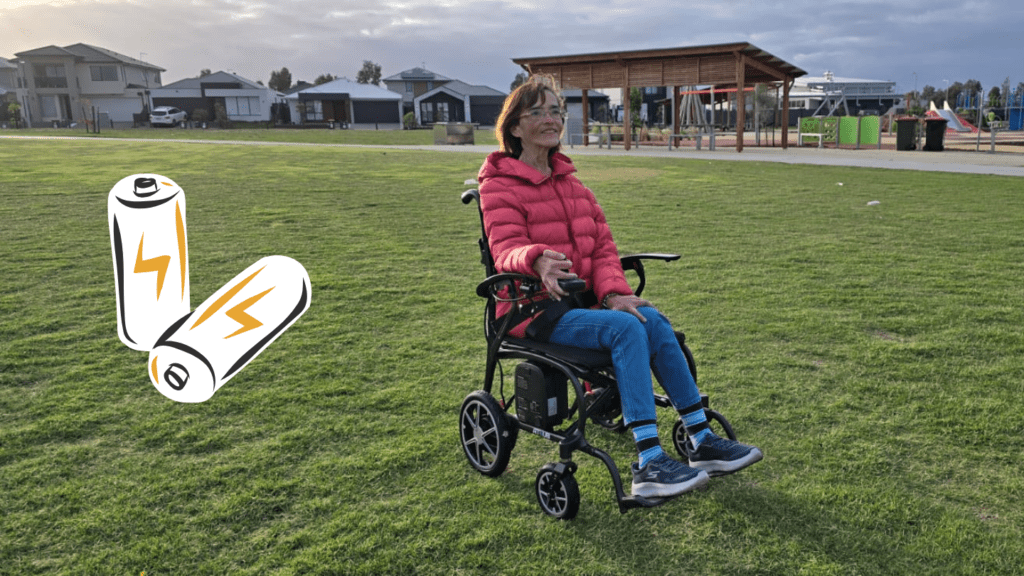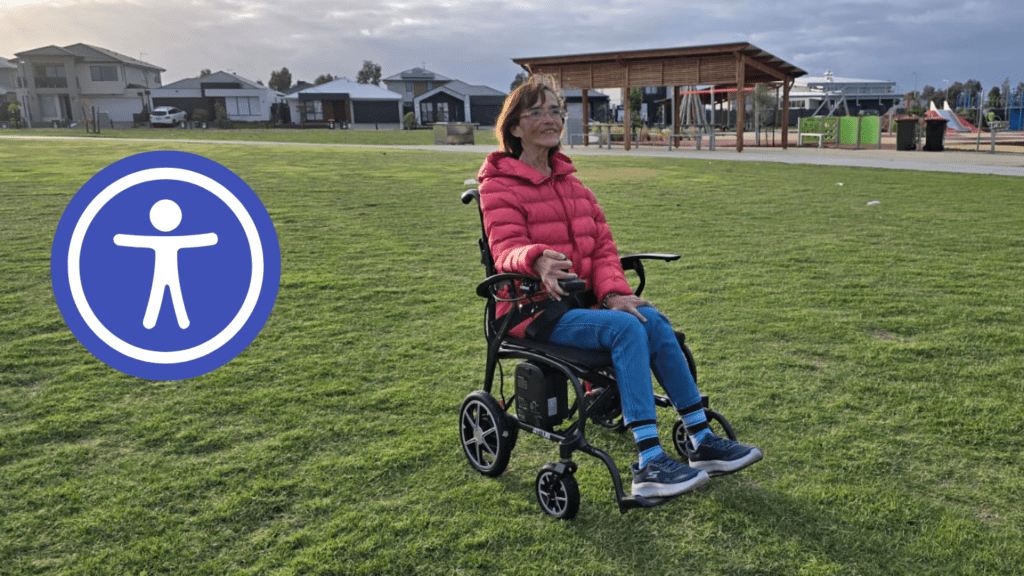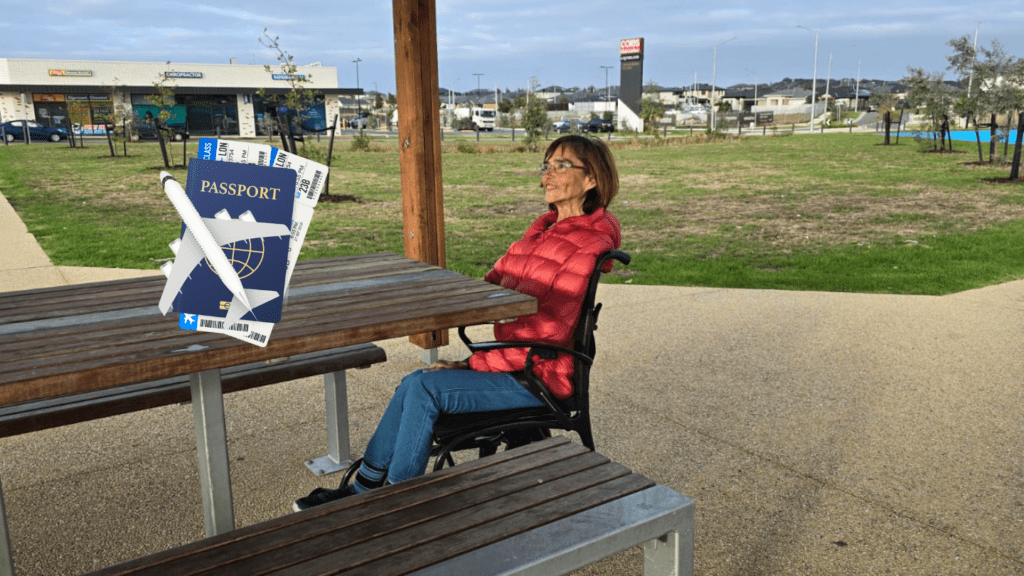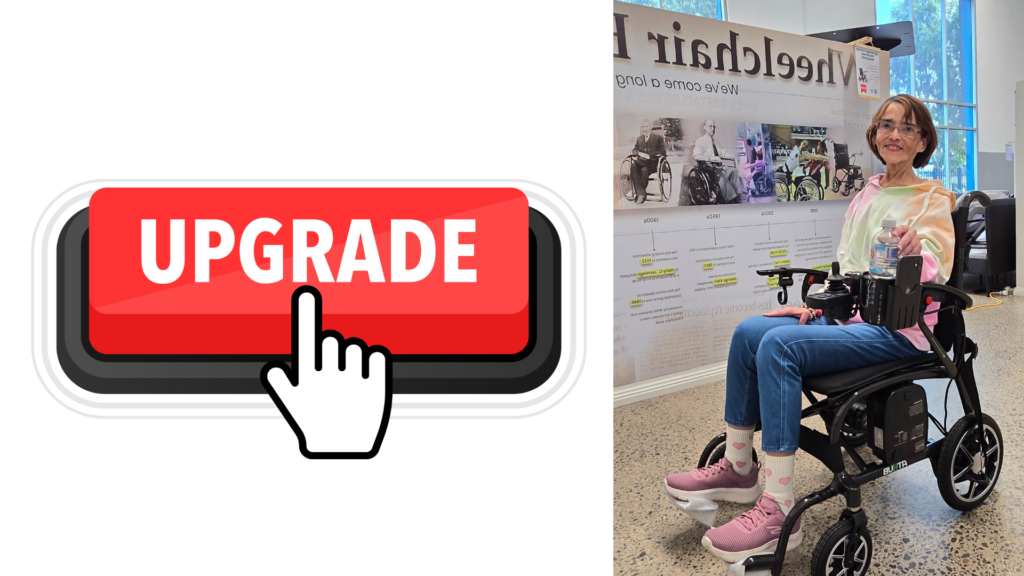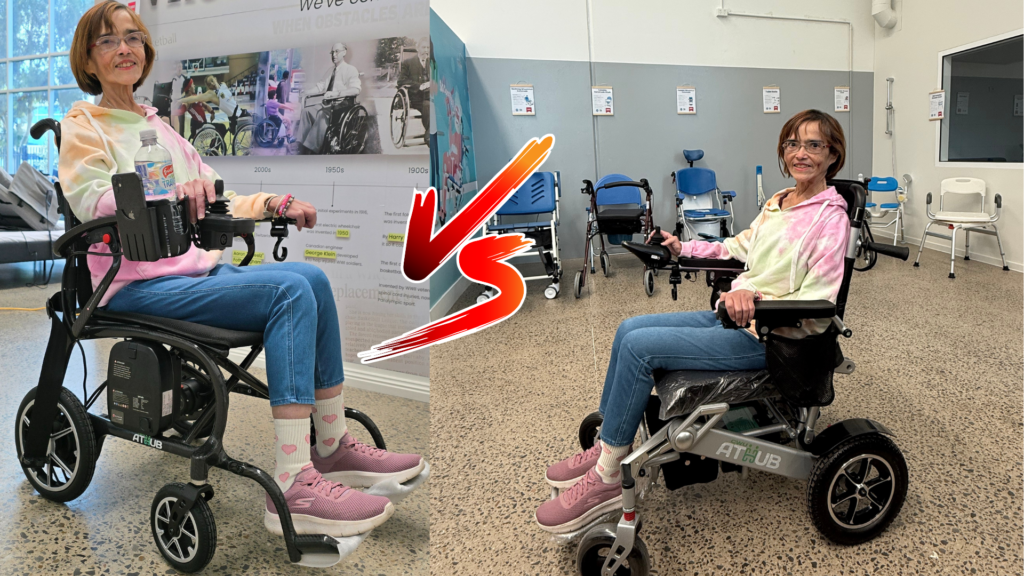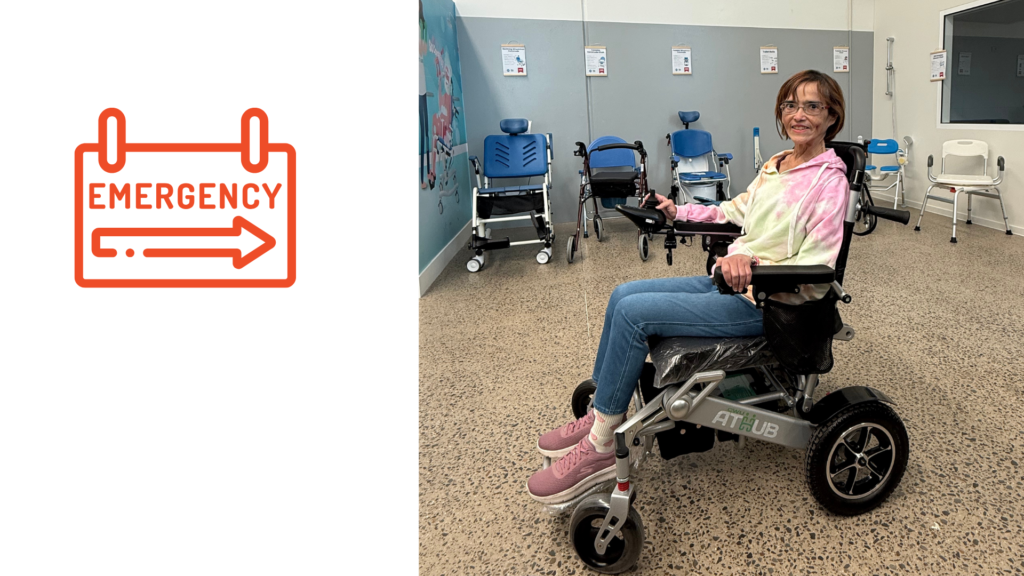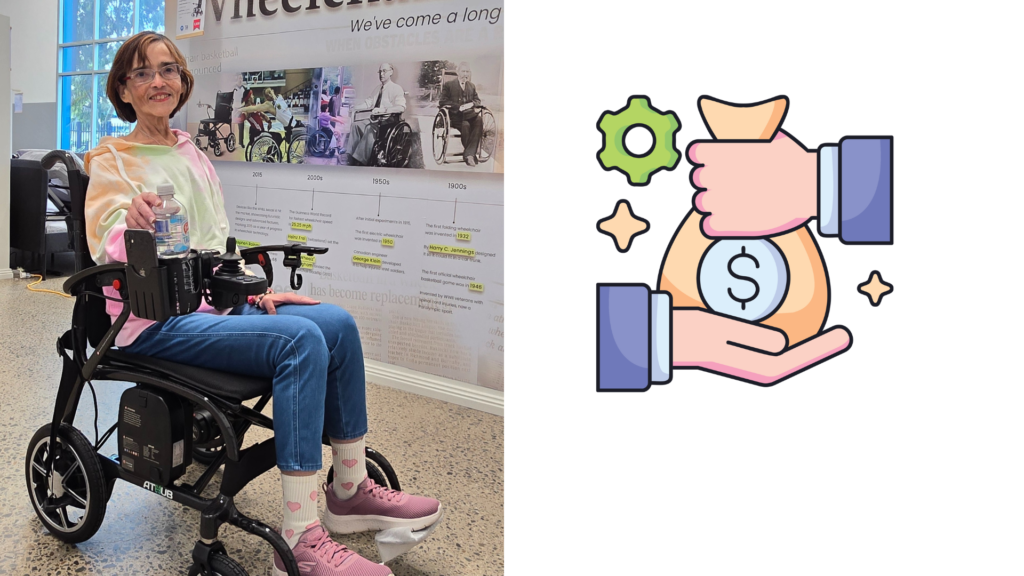Battery Regulations for Flying with a Power Wheelchair
https://www.youtube.com/watch?v=JmVoz0j5Swg When travelling by air with a power wheelchair, understanding battery regulations is crucial. For many individuals relying on power wheelchairs, the battery is the beating heart of mobility and independence. However, the variety of battery types and airline rules can make flying a complex process. By learning the basics of battery regulations for air travel and preparing accordingly, you can enjoy hassle-free trips while ensuring your safety and compliance. This guide will walk you through essential information about battery types, pre-flight preparations, in-flight protocols, and post-flight considerations for flying with a power wheelchair. We’ll also explore airline-specific policies and best practices for Australian travellers. Why Are Battery Regulations Important for Power Wheelchair Users? Airlines place a significant emphasis on battery safety to prevent hazards during flights. Power wheelchair batteries, especially lithium-ion ones, are considered “dangerous goods” if not handled correctly. The Carbon Fibre Power Wheelchair, for example, relies on high-performance lithium-ion batteries that require adherence to strict standards when flying. Understanding these regulations minimises risks and ensures that both your wheelchair and those around you stay safe on board. For general guidance, visit Assistive Tech Hub to learn more about the batteries used in power wheelchairs. Types of Batteries in Power Wheelchairs 1. Commonly Used Battery Types Lead-Acid Batteries Features: Durable and cost-effective, these batteries are widely used in power wheelchairs. Pros: Affordable and suitable for heavy-duty use. Cons: Heavier and less energy-efficient than modern alternatives. Lithium-Ion Batteries Features: Lightweight and energy-dense, lithium-ion batteries are becoming increasingly popular in newer models like the Carbon Fibre Power Wheelchair. Pros: Long-lasting, lightweight, and highly efficient; they recharge quickly and are travel-friendly. Cons: Require careful handling due to fire hazards. Explore our Assistive Tech Hub Store to see more models that utilise lithium-ion battery technology. 2. Handling and Regulations Lead-Acid Batteries often need to be disconnected and checked into the cargo hold unless they meet spill-proof requirements. Lithium-Ion Batteries are usually allowed in the cabin as carry-on, provided they comply with watt-hour (Wh) limits set by airlines (generally under 300 Wh). Pro Tip: Assistive Tech Hub provides detailed guidance on choosing wheelchair-safe batteries for travel. Pre-Flight Preparations 1. Check Airline Policies Every airline has unique policies about wheelchair batteries. Before you book your tickets, contact the airline to understand their specific requirements. Documents You May Need A medical certificate confirming your need for the wheelchair. Battery specifications, including watt-hour ratings and manufacturer details. Proof that the battery meets International Air Transport Association (IATA) safety standards. For help gathering the right documents, reach out through the Assistive Tech Hub Contact page. 2. Prepare Your Battery for Air Travel Disconnect and Secure: Disconnect the battery from the wheelchair, where applicable, and pack it according to the airline’s instructions. Label for Identification: Clearly label the battery with the watt-hour rating and battery type. Comply with Limits: Lithium-ion batteries must be under 300 Wh to be brought on board. Need help preparing your wheelchair? Visit Assistive Tech Hub for expert advice and checklists. During the Flight 1. Storing the Battery Safely Airlines typically require batteries to be stored in the cabin with the passenger when possible. Lithium-ion batteries are placed in a safe storage compartment or under the passenger’s seat, while lead-acid batteries may be stored in the cargo hold. 2. Navigating Restrictions Wheelchair usage during the flight is limited due to space constraints. Most airlines encourage passengers to use a manual wheelchair onboard or request assistance from staff. Want a more travel-friendly wheelchair? Visit Assistive Tech Hub Wholesale for compact and lightweight models. Post-Flight Considerations 1. Inspect Your Wheelchair and Battery Upon arrival, inspect your wheelchair and battery to ensure no damage occurred during the flight. Notify airline staff immediately if you spot any issues. 2. Troubleshooting & Support If you encounter problems with your battery after air travel, contact customer support or refer to your warranty details. Assistive Tech Hub offers post-travel maintenance services if further assistance is required. Airline-Specific Battery Policies Qantas, Virgin Australia, and Jetstar Major Australian airlines like Qantas, Virgin Australia, and Jetstar have clear policies on wheelchair batteries. Generally, batteries must comply with IATA standards, and lithium-ion batteries below 300 Wh are permitted as carry-on items. International Airlines When flying internationally, consult specific airline policies to ensure compliance. Airlines like United, Emirates, and Singapore Airlines often have varying restrictions based on the country of origin and destination. Need help navigating these policies? Assistive Tech Hub offers resources to guide you through the process. Plan Your Next Flight with Confidence Flying with a power wheelchair doesn’t have to be stressful when you’re prepared. From choosing the right battery type to contacting airlines and following their safety protocols, every step brings you closer to a smooth, worry-free flight. Have questions or need assistance with travel documentation or wheelchair preparation? Contact CWU Assistive Tech Hub today, and we’ll help you every step of the way. Explore the full range of wheelchair models and travel resources at Assistive Tech Hub—your trusted guide for power wheelchair travel.
Battery Regulations for Flying with a Power Wheelchair Read More »

